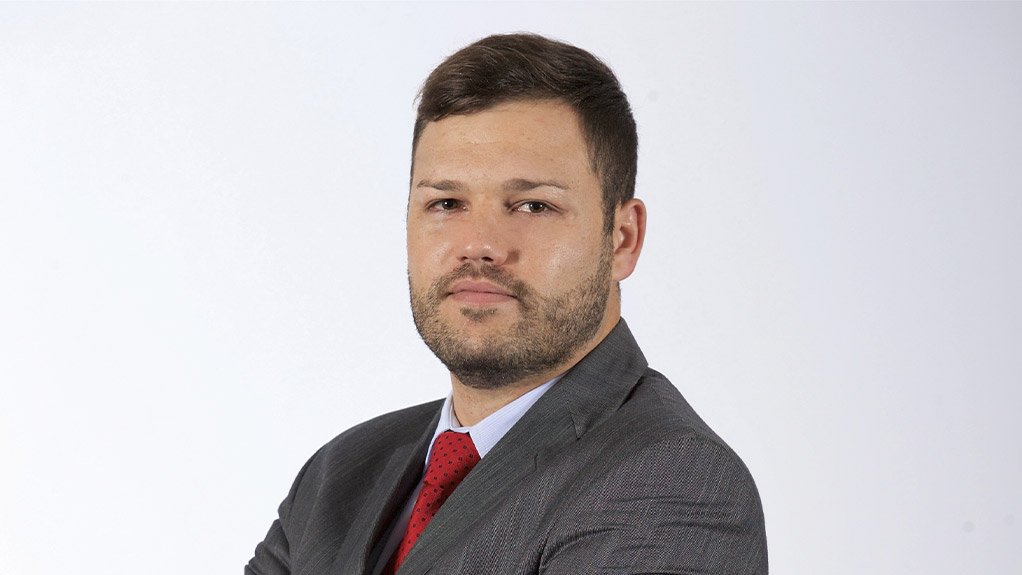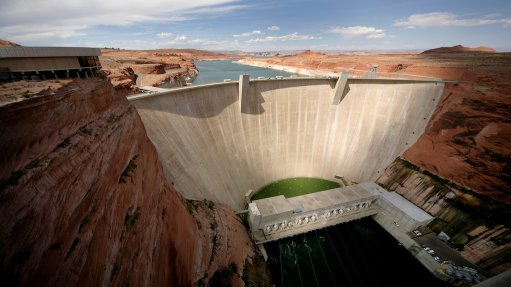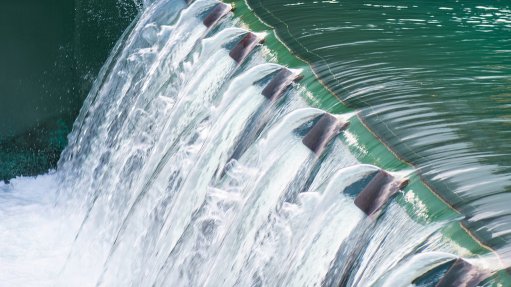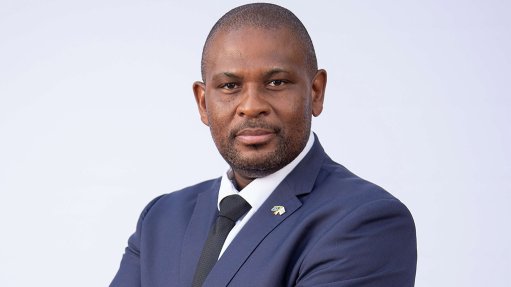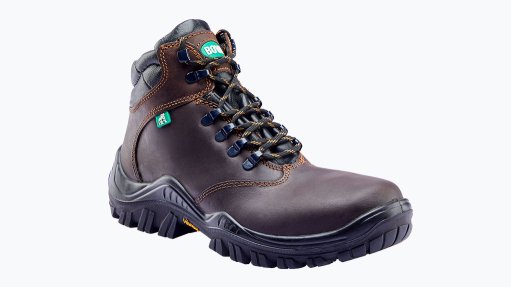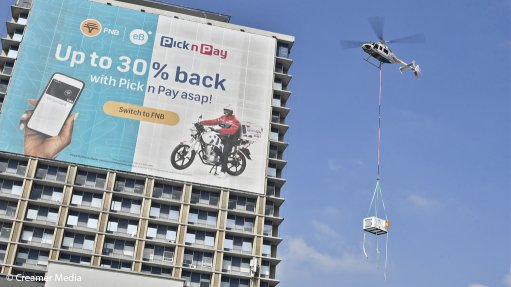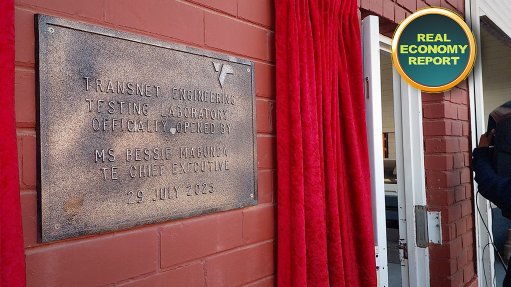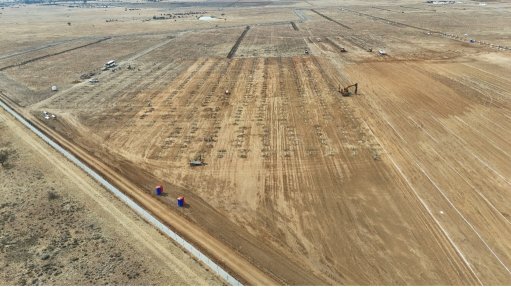Why aren’t we harnessing the power of hydro as part of a comprehensive energy mix?
This article has been supplied.
By Nato Oosthuizen, Partner and Renewable Energy Expert at BDO
After trudging through almost two decades of the country’s long term decline in power production, 2023 has seen some of the worst rolling blackouts to date. Yes, there has been positive progress in the renewable energy sector, but it’s simply not enough. We should be including hydro solutions with existing solar projects to get us off the back foot and potentially ahead of the energy crisis, says Nato Oosthuizen, Partner and Renewable Energy Expert at BDO.
The nation's growing energy demands, coupled with the urgent need to combat climate change, have thrust renewable energy sources into the spotlight. Among these, hydropower has emerged as a financially viable option in the country's renewable energy mix, holding the potential to reshape South Africa's energy landscape and foster economic growth while preserving the environment.
Hydropower, as a renewable energy source, harnesses the energy of flowing water, making it an ideal fit for a country with diverse geography. Although we are classed as a drought prone country, by tapping into rivers, dams, and other water bodies, which are often fuller in the rainy seasons, South Africa can unlock a significant portion of its renewable energy potential.
One of the primary benefits of hydropower lies in its reliability and predictability, if it is installed in the right locations. Unlike solar or wind energy, which are dependent on weather conditions, hydropower offers a stable and consistent energy output if it is built on a river or dam where the overflow of a feeding damn can drive the turbine. This characteristic is particularly crucial in South Africa, where loadshedding has been a recurring issue, impacting industries, households, and overall economic stability. Integrating hydropower into the energy mix can mitigate these challenges by providing a steady supply of electricity, reducing the risk of blackouts and ensuring a reliable power supply for both urban and rural areas.
But as a drought-prone country, is hydropower generation a feasible option?
Critics might raise concerns about the environmental impact of hydropower, especially related to dam construction and alteration of water ecosystems. While these concerns are valid, responsible planning and implementation can mitigate potential adverse effects. To fully realise the potential of hydropower in South Africa's energy mix, we must consider that when combined with solar solutions – for example using solar to pump water which is then stored in smaller dams to be used to flow through hydro turbines – there is potential for a much more economically viable option for peak power generation.
We have seen some evidence of collaboration between government bodies, private sector stakeholders, and local communities but unfortunately, red tape seems to be the bottle neck that is holding back the tide.
A case in point is the Inga 3 hydro project announced in 2013 with World Bank support, a project that was supposed to deliver 11 GW of power, primarily for export to South Africa. However, the World Bank cancelled its involvement in 2016 due to what it called “strategic differences” and since then the project has repeatedly been delayed by red tape. Although President Ramaphosa announced recently that the project is to be revived, we could still have to wait around 18 months to see any movement as new deals with new partners are discussed.
However, solutions don’t always have to be on such a grand scale. In April this year, the Department of Water and Sanitation (DWS) initiated the DWS Hydropower Independent Producer Programme (DWS HIPP) in an effort to allow for the available infrastructure and water courses to be used to contribute to the power grid with renewable energy. The types of hydropower technologies that can be applied for include impoundment, river diversion or run-of-river, pumped storage and floating or kinetic turbines (small-scale generating capacity).
Unfortunately, small scale hydro projects are often cast aside in favour of solar or wind solutions that are perceived as more cost effective. However, if the DWS HIPP is successful it could open the door for smaller projects, such as mini hydro plants, that do not require a massive investment for set up to become welcome additions to a comprehensive solution to the energy crisis that takes into account all facets of the resources available to the country. In periods of drought, we can turn to solar and in periods of rainfall, hydro solutions can take the lead. The outcome we are all looking for at the end of the day is a solution that allows us to generate as much power as possible to keep our county – and economy - running, especially during peak periods.
It is clear that the inclusion of hydro power in South Africa's renewable energy mix is a necessity to truly harness the power of renewables. Unfortunately, as we have seen in the past, necessity certainly does not always equate to action.
The country cannot pin its hopes on the revival of projects that have been in the pipeline since 2013. The severity of the energy crisis in 2023 requires a solution that isn’t the topic of discussion for another 10 years, but rather one that takes into account all options available.
To reiterate the President’s own sentiments at the 2023 SONA address: “Extraordinary circumstances call for extraordinary measures. The energy crisis is an existential threat to our economy and social fabric. We must spare no effort, and we must allow no delay in implementing these measures.” Are we really allowing no delays in implementing any measures possible to keep the lights on, Mr President? Will we truly see movement in the hydropower space? Because right now, your words don’t hold much water.
Comments
Press Office
Announcements
What's On
Subscribe to improve your user experience...
Option 1 (equivalent of R125 a month):
Receive a weekly copy of Creamer Media's Engineering News & Mining Weekly magazine
(print copy for those in South Africa and e-magazine for those outside of South Africa)
Receive daily email newsletters
Access to full search results
Access archive of magazine back copies
Access to Projects in Progress
Access to ONE Research Report of your choice in PDF format
Option 2 (equivalent of R375 a month):
All benefits from Option 1
PLUS
Access to Creamer Media's Research Channel Africa for ALL Research Reports, in PDF format, on various industrial and mining sectors
including Electricity; Water; Energy Transition; Hydrogen; Roads, Rail and Ports; Coal; Gold; Platinum; Battery Metals; etc.
Already a subscriber?
Forgotten your password?
Receive weekly copy of Creamer Media's Engineering News & Mining Weekly magazine (print copy for those in South Africa and e-magazine for those outside of South Africa)
➕
Recieve daily email newsletters
➕
Access to full search results
➕
Access archive of magazine back copies
➕
Access to Projects in Progress
➕
Access to ONE Research Report of your choice in PDF format
RESEARCH CHANNEL AFRICA
R4500 (equivalent of R375 a month)
SUBSCRIBEAll benefits from Option 1
➕
Access to Creamer Media's Research Channel Africa for ALL Research Reports on various industrial and mining sectors, in PDF format, including on:
Electricity
➕
Water
➕
Energy Transition
➕
Hydrogen
➕
Roads, Rail and Ports
➕
Coal
➕
Gold
➕
Platinum
➕
Battery Metals
➕
etc.
Receive all benefits from Option 1 or Option 2 delivered to numerous people at your company
➕
Multiple User names and Passwords for simultaneous log-ins
➕
Intranet integration access to all in your organisation



